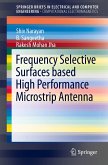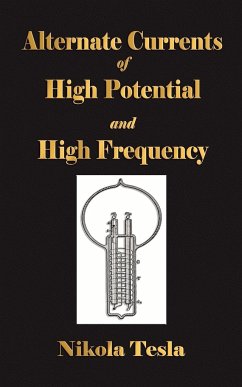Classical asymptotic expansions, while producing a good approximation for the diffracted fields in general, appear hardly applicable in the case of extremely elongated bodies. Thus, there are problems that are on the one hand too difficult for numerical solvers due to large system size, and on the other hand make the description with classical asymptotic methods hard. The book explains why this happens and suggests the way out. By defining the characteristics of a strongly elongated body it introduces a special class of asymptotic approximations, which are in some sense uniform with respect to the rate of body elongation.
Chapter 1 briefly describes the results of V. A. Fock and further developments of his approach towards the problems of diffraction by elongated obstacles. It formulates the cases of moderately and strongly elongated bodies. The rest of the book describes the approach of special parabolic equations, which lead to new asymptotic approximations for the diffracted fields. Chapters 2, 3 and 4 discuss diffraction by bodies of elliptical shape: The elliptic cylinder with a strongly elongated cross section and prolate spheroid with a high aspect ratio. Chapter 5 generalizes the approach to some other shapes such as narrow cones and narrow hyperboloids. Mathematical formulas for the Whittaker functions widely used in the book are collected in the Appendix.
The concise derivations are supplied with numerous test examples that compare asymptotic approximations with numerically computed fields and clarify the specifics of high frequency diffraction by strongly elongated bodies. The reference solutions presented in the book enable one to validate the newly developed numerical solvers.
Chapter 1 briefly describes the results of V. A. Fock and further developments of his approach towards the problems of diffraction by elongated obstacles. It formulates the cases of moderately and strongly elongated bodies. The rest of the book describes the approach of special parabolic equations, which lead to new asymptotic approximations for the diffracted fields. Chapters 2, 3 and 4 discuss diffraction by bodies of elliptical shape: The elliptic cylinder with a strongly elongated cross section and prolate spheroid with a high aspect ratio. Chapter 5 generalizes the approach to some other shapes such as narrow cones and narrow hyperboloids. Mathematical formulas for the Whittaker functions widely used in the book are collected in the Appendix.
The concise derivations are supplied with numerous test examples that compare asymptotic approximations with numerically computed fields and clarify the specifics of high frequency diffraction by strongly elongated bodies. The reference solutions presented in the book enable one to validate the newly developed numerical solvers.








